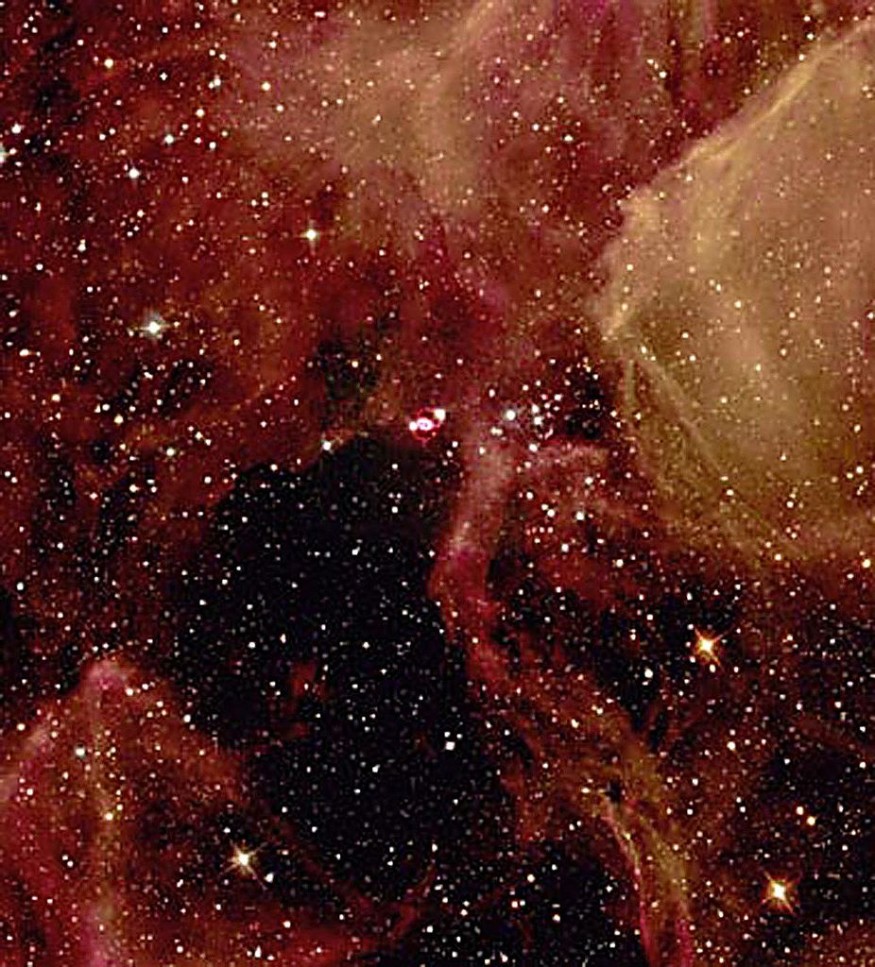Within one tenth of a second, a 'Cosmic Monster' star is seen furiously exploding and ejecting as much energy as one billion suns.

Eruption of Magnetar Star
Scientists recently discovered that within a fraction of a second, a magnetar star suddenly erupted and emitted as much energy as one billion suns, according to Mail Online.
In the Sculptor group of galaxies, the 'cosmic monster' star is around 13 million light years distant.
Co-author of the study, Professor Victor Reglero, said: "The explosion of the magnetar, which lasted approximately one tenth of a second, was discovered on April 15, 2020 in the midst of the pandemic. A true cosmic monster!"
In comparison to other parts of the cosmos, the solar system may include massive gas giants.
Then there are magnetars, which aren't as well-known as black holes, but are nonetheless very strong. The sun generates 100,000 years' worth of energy in 0.1 seconds, and scientists in Spain have observed a similar event.
Also Read : Solved: How a Magnetar Star is Formed
When Does Supernova Explosion Occur?
A supernova explosion occurs when a large star dies, resulting in a loud blast. Some collapse, generating black holes, in the wake of the disaster. Neutron stars, the second most dense object in the universe after black holes, form when a star fails to make the cut. Neutron star material weighs billions of tons per teaspoon, for example.
During a supernova, the core of a large star collapses, forming a compact structure known as a magnetar, which is mostly composed of closely packed neutrons.
Magnetars, unlike other neutron stars, contain the strongest known magnetic fields in the universe.
It's worth noting that the intensity of our planet's magnetic field is roughly one Gauss, whereas a refrigerator magnet is about one hundred.
They have magnetic fields of roughly a million billion Gauss, on the other hand. All of Earth's credit card data would be erased if a magnetar were situated 40,000 miles from Earth.

Studying Oscillations in the Brightness of GRB2001415
Magnetars, a subclass of neutron stars with exceptionally strong magnetic fields, may hold up to 500,000 times the mass of Earth in a 12.4-mile circle.
There are explosive eruptions, but they endure just a few milliseconds, making them difficult to detect and investigate.
An oscillation in the brightness of a magnetar known as GRB2001415 was studied using the AIM instrument aboard the International Space Station.
Using this method, the researchers were able to capture data on the eruption's intensity and duration.
Although magnetars may be a hundred thousand times brighter than the Sun even when dormant, Alberto J. Castro-Tirado, the study's lead author, noted that the GRB2001415 flash's energy release was similar to that emitted by the Sun over the course of a hundred thousand years.
While the exact cause of these eruptions is unknown, scientists speculate that they might be caused by a 'shock' in the stars' crust or by instability in the magnetosphere of the stars.
Related Article : Magnetar at Galaxy's Center May Help Scientists Put Einstein Prediction to the Test [VIDEO]
For more news, updates about magnetars and similar topics don't forget to follow Nature World News!
© 2025 NatureWorldNews.com All rights reserved. Do not reproduce without permission.





